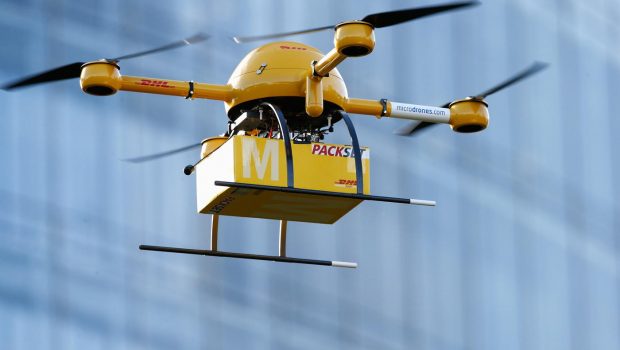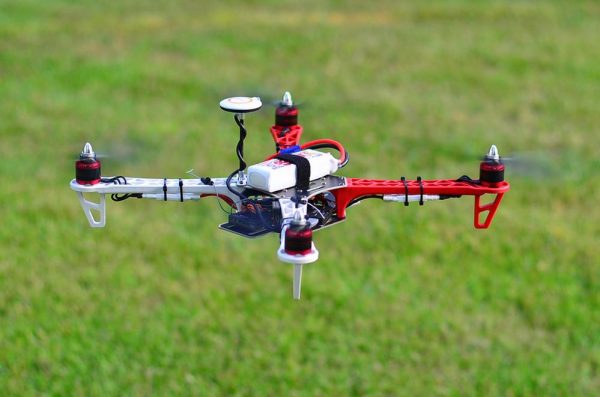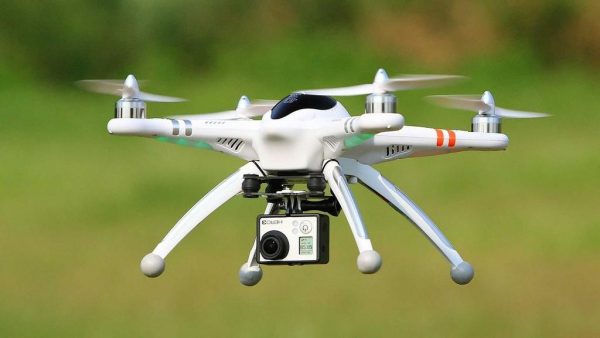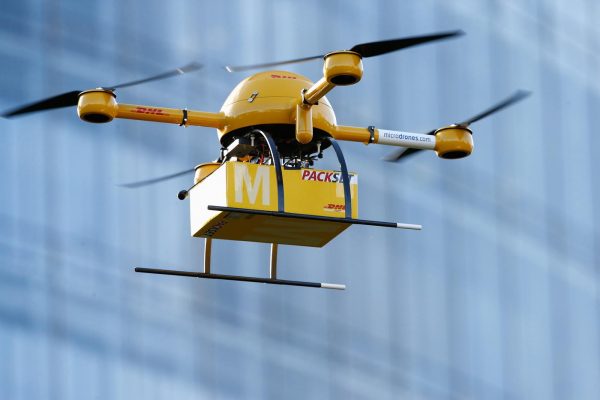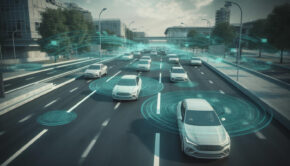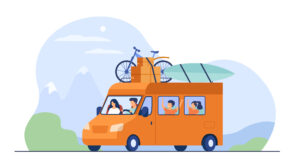AI and the next generation drones
My first hands-on experience with a drone goes back to summer of 2012 when I visited my little cousin in Cincinnati. It was what he called a quadcopter. My cousin would place it on his palm and launch it from there with an Xbox-type-controller. It could easily go around the neighborhood, making rounds near the lake before settling back on my cousin’s palm.
It had a rotating camera with which he used to spy on his brother and complain their mother. That was best holiday of my life. We were all kids, free, careless and had a drone to play around. It was a cute toy that everybody in the neighborhood used to adore.
Image Source: https://gadgetsdeal.in
We used to watch a lot of sci-fi movies, and the notion of a full-scale robot that is indistinguishable from a human used to fascinate us the most. A neighboring guy who returned from Japan after spending most of the childhood there used to tell us the story of how kids over there would fight their home-made robots against each other on heavy bets.
The term AI started making rounds in mainstream media the same time. Artificial intelligence (AI, also machine intelligence, MI) is intelligence displayed by machines, in contrast with the natural intelligence (NI) displayed by humans and other animals. Yes, NI or natural intelligence is a term now.
What is AI?
AI is defined by two definitions that overlap each other at the time of mobile application development and conceptualization.
- Machines perceives its environment and takes actions that maximize its chance of success at some goal.
- Machine mimics/ emulate “cognitive” functions that humans associate with other human minds, such as “learning” and “problem solving”.
AI and Drones
Image Source: blog.hbcommunications.com
Did I mention my cousin and I used to control the quadcopter with a joystick? If you look at the 1st definition of AI, it talks about reaching or arriving at the goal without human intervention. That’s, an AI-enabled drone just need a goal to trigger a series of reaction in order to realize its goal. The goal could be fed to it by a human directly with the help of a computing device capable of natural language processing and run party applications.
The delivery drones and AI
There are many reasons people would prefer a drone over a delivery boy. Drones are cute, they don’t need to call you for direction, they don’t give a damn about traffic, they are harmless, and they don’t expect tips. For businesses, keeping a force of delivery drones is much less of an expense than a team of human delivery boys. They may be costly to procure but they don’t expect remuneration like humans. And with AI, they are becoming as smart as a trained human.
Image Source: https://cdn.technologyreview.com
A delivery drone must be, extremely, cautious of its surrounding and should be able to take decisions on its own. To pick items from one place to another, it must be location-aware and connected to the internet. In addition, it should protect itself from birds and bad weather.
As defined in the second definition of Artificial Intelligence, an important facet of AI enabled machines is this that they can learn from their experience. That is if an intelligent drone learns that the shortest path from A to B isn’t via c but D. It’ll will take the route via D whenever it has to go to B.
My cousin’s quadcopter with AI: A concept
What if, the quadcopter I grew up playing with was AI enabled. My cousin would never have needed a controller to control it. He would just tell the quadcopter to spy on his brother 10 times a day and it would do that several times a day while my cousin is resting his bumps in front of the video game, sharing popcorn with me. When it is done making the spying round, it would email interesting photos straight to their mother.
That would have made our childhood lazy, have given us a lot more time to play video games, made us lot more arrogant humans who expects things to be done by themselves. After all, technology is supposed to make our life easier and it evolves as our life complicates further. Otherwise, we don’t need a drone in the first place.
The invisible drone
Not in a literal sense but those drones would be so small that they will become invisible at a height to an everyday viewer. Come on, we don’t see every object that flies over us. Even when it does, we don’t give a damn. We have better things to do. For example, my boss’s wife had a birthday last week and it took me three hours in blistering cold to pick her the best cake.
Well jokes apart, they could see you when you couldn’t. If at all they will be visible they would look like a fly. Such a small size means, they can charge their battery with a light source in your house in seconds while looking like an innocent fly enjoying bright light at night.
This one is scary: The drone swarm
Coming back to my cousin’s quadcopter, except this time there will thousands of it together.
They could overpower guns and technology that armed forces have used for years. Think about it: in a city like New York, squads of tiny quadrotors could roam around to gather intelligence.
They can attack a warship while having a footprint too small for a gun or missile to hunt them down. Nonetheless, one missile can hunt down a couple of member, but the swarm will rearrange and keep going.
Pocket Drones
Image Source: lowcost2.ru
Pocket drones are small enough to carry in your pocket without feeling uncomfortable. They fly indoors, in your home and bring your smartphone when you left it in the bathroom, pick your newspaper as soon as you sit on your couch or bring your favorite book or a chilled bottle of beer during bedtime.
Sounds too good to be true! This is just the beginning.
About the author:

Patel Nasrullah is a co-founder at one of the best IoT mobile app development Company, Peerbits. He devotes his time in inspiring young leaders to take the leap of faith. With the experience of 10 years in Web and App development, he now gives full attention to the enterprise by offering mobility solutions about the strategic planning and execution.

